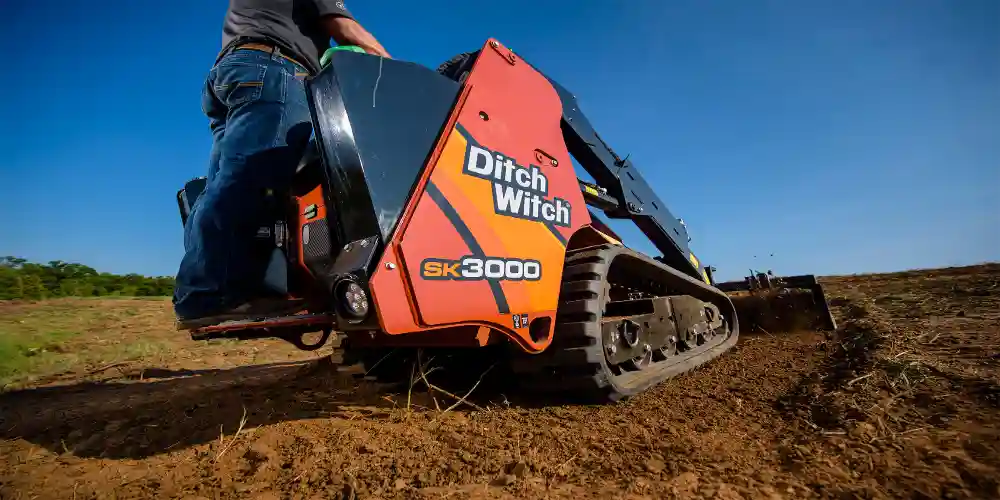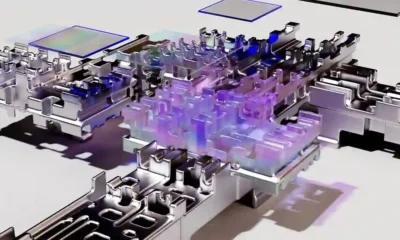
Skid steer loaders are very versatile pieces of equipment that can be equipped with many different attachments for a wide variety of tasks. However, it’s important to choose the right attachment to ensure a good fit and that the attachment performs efficiently.
The project type and environment will influence which skid steer attachment works best. For example, a brush cutter that is designed to work in muddy or uneven terrain will perform better than one that is built for level land.
Size
When shopping for a skid steer attachments, it is important to keep in mind the sizing of your machine. Many manufacturers categorize their skid steer models into small-frame, medium-frame and large-frame spec ranges, depending on their lifting capacities.
Contractors should also assess the dimensions of their job site and its layout when choosing the ideal skid steer size. If there are a lot of obstacles and tight spaces, they may want to consider a smaller, more maneuverable machine.
If your projects involve land management tasks, you may require a mulcher attachment to cut and grind vegetation and overgrowth into smaller pieces. Alternatively, a tree puller can efficiently remove trees up to 10 inches in diameter with its heavy-duty strength and universal mounting plate that fits most medium- or large-frame skid steer loaders. This is a popular choice among landscaping companies and contractors working in forestry. This attachment is available in both a straight and curved model for maximum versatility.
Weight
Skid steers are heavy pieces of equipment, even when fully loaded with standard bucket attachments. But don’t let the weight scare you away from these workhorses. The majority of their weight is actually in the counterweights, which help increase the rated operating capacity (ROC).
You’ll want to take into account the dimensions and maneuverability logistics of your typical job site when choosing the right size skid steer. For example, if you frequently tackle landscaping projects and need a small skid steer that can fit into residential gates and driveways, you’ll want to choose a smaller frame model.
Another consideration is if the machine will need to be transported between jobs. If you’ll need to haul a trailer, you’ll need a larger skid steer with higher rated operating and engine horsepower to accommodate the additional load. The reputable manufacturers of these machines are Bobcat, John Deere and Caterpillar — each offering a range of models for all the different needs of fleet owners.
Hydraulic Power
The ability to work with a wide variety of attachments is one of the reasons skid steer loaders are so popular. But choosing the wrong attachment for a specific task can be disappointing or costly.
If an attachment does not have enough power to run efficiently, it may not perform the necessary tasks effectively or quickly. It can also lead to engine or hydraulic system damage.
A wide range of attachments allows a skid steer to be put to work on site preparation jobs such as clearing lots and hauling away debris, digging holes for planting or fence posts and backfilling to compact soil or reinforce built structures.
Larger sized attachments need a larger engine and higher-flow auxiliary hydraulic systems than smaller skid steers to be powered properly. This is especially true for attachments with high breakout forces or that require a lot of vertical lift force. It is important to understand the rated operating capacity (ROC), net engine power, breakout forces and hydraulic flows of different skid steers.
Requirements
Many attachments require high auxiliary hydraulic flows, which means that you must select a model that can deliver a sufficient amount of power to the tool. This is especially important for attachments that are used on a regular basis, such as cold planers, forestry cutters, stump or tree grinders and wheel saws. A large-framed skid steer that can offer the highest hydraulic flows will help you achieve optimal performance with these types of tools.
It is also important to consider the capabilities of your worksite when choosing a loader for different tasks. If the site has tight spaces, a smaller machine might be a better fit than a larger one. Additionally, some work tools can add significant weight to the rated operating capacity, which will affect how well the skid steer performs. For example, a rock grapple or root rock grapple attachment requires high lift capacities and high midpoint lift cycle reach to operate effectively.
Related posts:


Forex & Crypto
5 Best Ways to Earn Crypto While You Sleep in 2025
Categories
- Apps (1)
- Automotive (23)
- Beauty (7)
- Business (122)
- Celebrities (2)
- Digital Marketing (21)
- Ecommerce (2)
- Education (22)
- Entertainment (39)
- Events (6)
- Fashion (1)
- Features (4)
- Finance (1)
- Fitness (10)
- Food (2)
- Forex & Crypto (23)
- General (116)
- Health (48)
- House (61)
- Lifestyle (57)
- Marketing (8)
- Parenting (3)
- Pets (10)
- Real Estate (8)
- Safety and Security (14)
- Social Media (31)
- Sports (142)
- Technology (73)
- Travel (23)






















